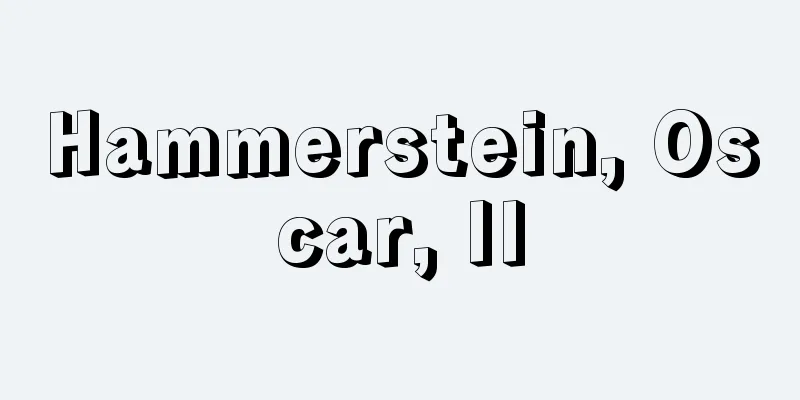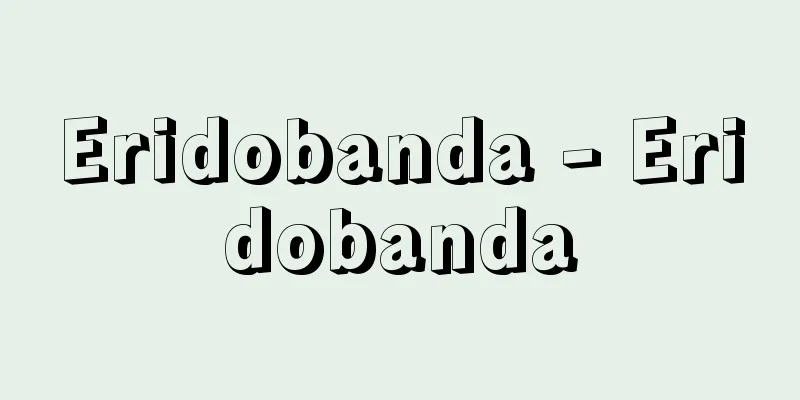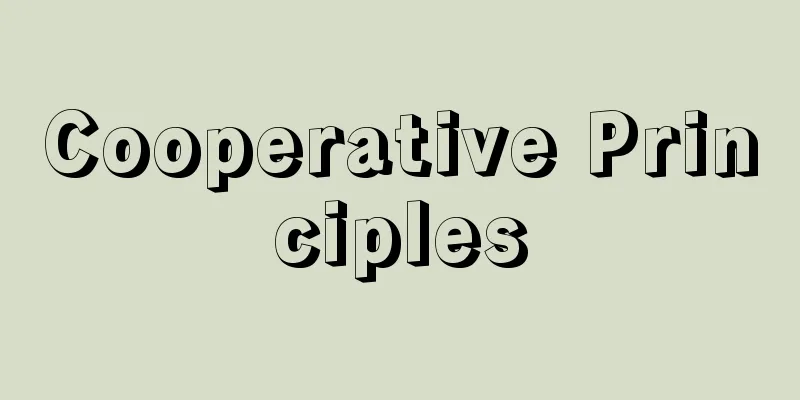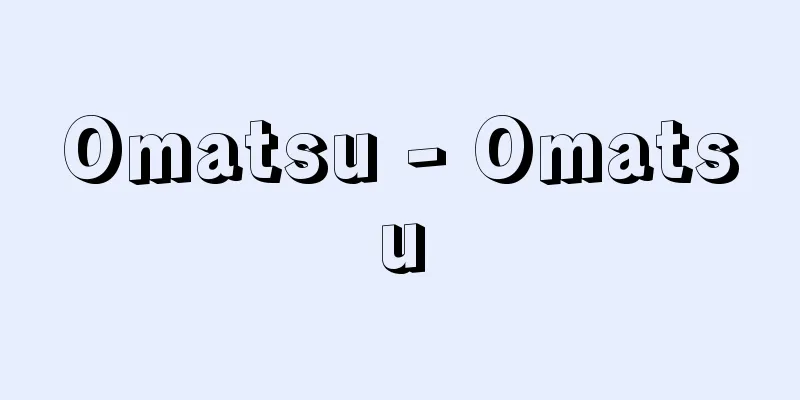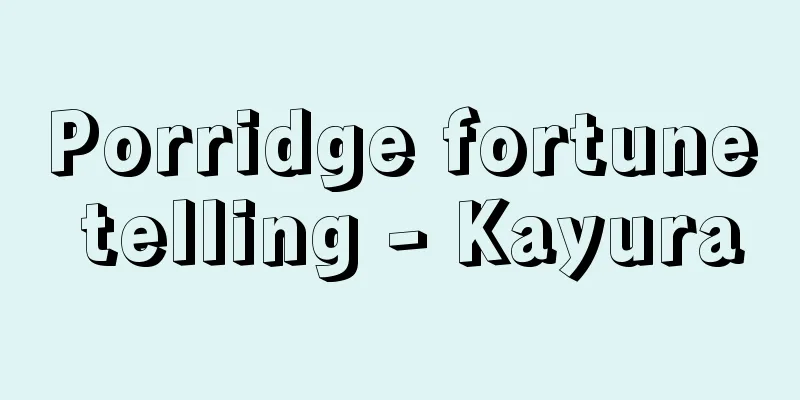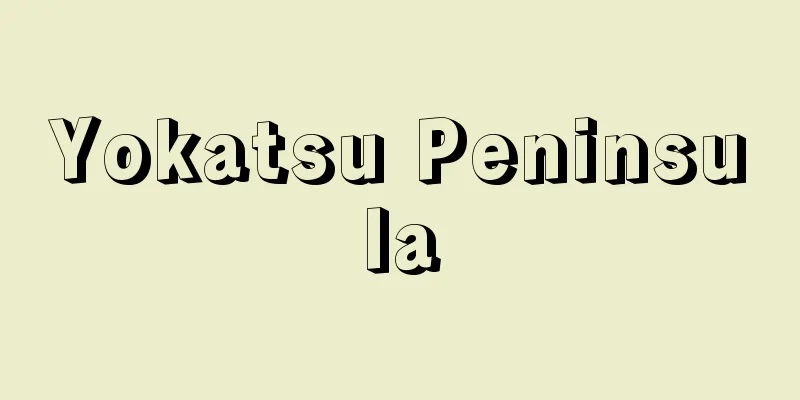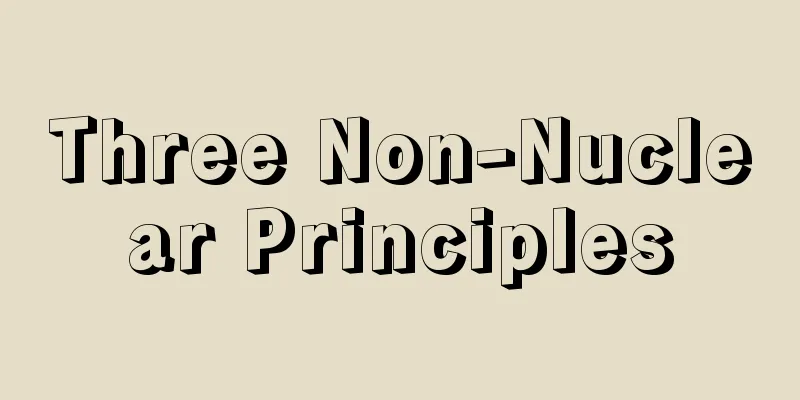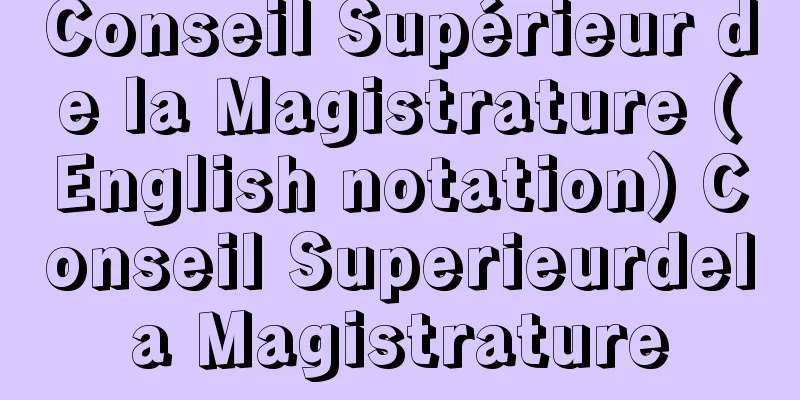alliteration
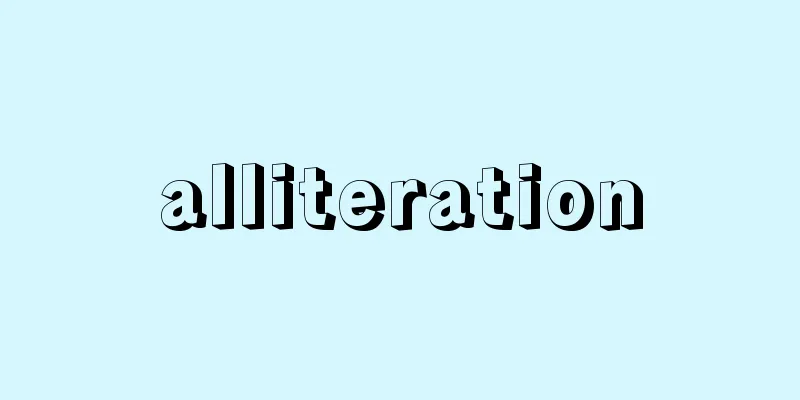
|
...In the Chinese qué rhyme system, the same rhyme is used in the three lines of the four-line Introduction, Development, Turn, and Conclusion except for the Turn, and thus rhyme is closely related to poetic form. In the broad sense, other types of rhyme include alliteration, which matches the sound at the beginning of a word, and assonance, which overlaps similar sounds regardless of the position of the word, and there are some examples of these in Japanese poetry as well. *Some of the terminology explanations that mention "alliteration" are listed below. Source | Heibonsha World Encyclopedia 2nd Edition | Information |
|
…また中国の絶句の押韻法は,起承転結の4行のうち転を除いた他の3行に同一の脚韻を置くものであるが,このように脚韻は詩型とも密接に関連する。広義の韻にはこのほか,語頭の音韻を合わせる頭韻alliterationや,語の位置を問わず類似音を重ねる半諧音assonanceがあり,これらは日本の詩歌にもいくつかの用例が見られる。 ※「alliteration」について言及している用語解説の一部を掲載しています。 出典|株式会社平凡社世界大百科事典 第2版について | 情報 |
<<: Allium giganteum (English spelling) Alliumgiganteum
Recommend
Rajasthan (English spelling)
A state in northwestern India. It has an area of ...
Uadjet (English spelling)
She was an ancient Egyptian snake goddess, called ...
Togoland
...Germany's sovereignty over this region was...
canzone libera (English spelling) canzonelibera
…It is said that the origin of canzone is in the ...
Axel, E.
...The spirit of boycotting all theaters that had...
Coleus; flame nettle; painted leaves
A general term for the genus Coleus in the family ...
Almatia - Almatia
…The Cornucopia has its origins in an episode fro...
Coronal bone
…In animals of the bony or higher order, at the b...
Carya
...A tall tree of the walnut family native to Nor...
Meyer, A. (Architect) (English spelling) MeyerA
…Born in Berlin, he studied architecture in Munic...
Obaku Art
The arrival of the Obaku sect in the early Edo per...
Reynault, E. (English spelling) ReynaultE
...The magic lantern, which uses optics to projec...
Gebal
…Its present name is Jubayr. In the Old Testament...
Wired broadcasting - Yusenhoso (English spelling)
The "Law Concerning the Regulation of the Ope...
Yunou ruins
This ruin is located in Jyurokucho, Nishi-ku, Fuku...
